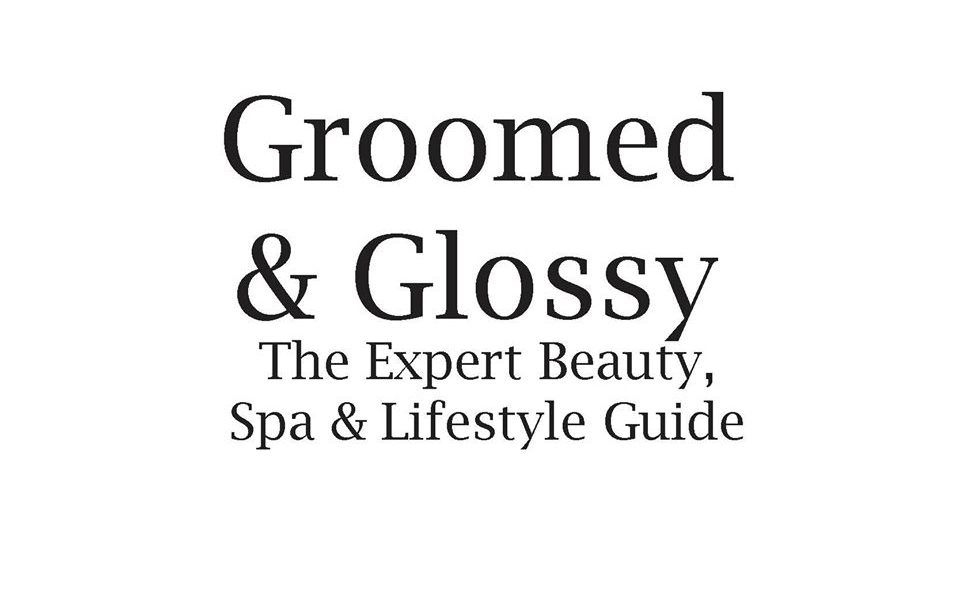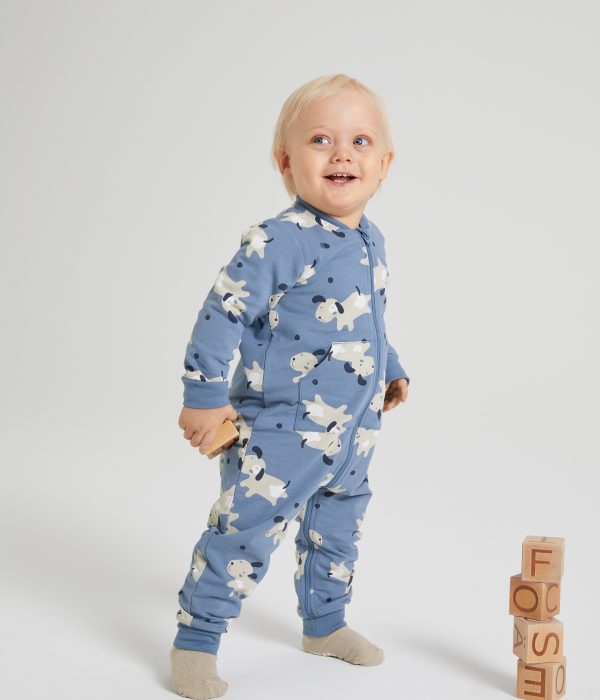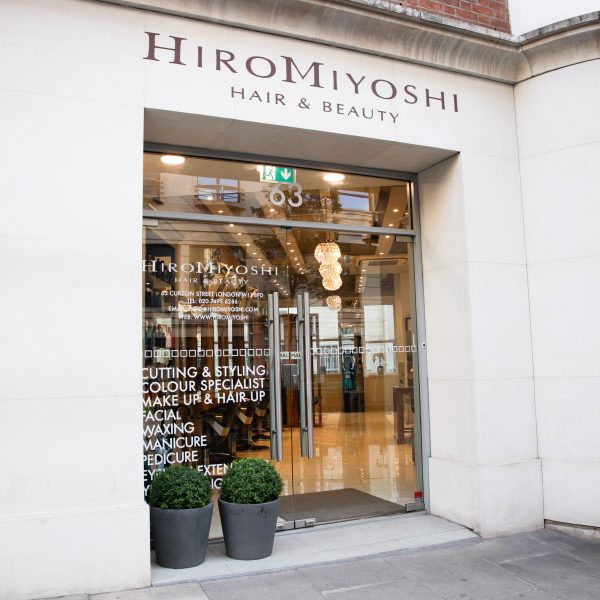Fashion: The retail industry — is it now more diverse and inclusive?
In recent years, we’ve seen the retail industry become more inclusive with regards to their consumer base.
“In recent years, we’ve seen the retail industry become more inclusive with regards to their consumer base. From adding a maternity section to their collections, to tall and petite clothing ranges becoming more common, brands appear to be accommodating for all sizes and shapes. Retailer of plus size dresses, QUIZ UK, tell us more:”
Growing body confidence
There is a growing demand by consumers who want to buy non-standard sizes — meaning retailers have had to step up.
One review, carried out by PwC, revealed that the plus size market was worth around £6.6bn in 2017 (of which women and men make up £4.7bn and £1.9bn respectively). In fact, the market has been outperforming the overall womenswear and menswear clothing market in the UK — demonstrating the increase in industry interest.
This pattern is set to continue too. In their report, PwC forecast growth of the plus size segment to be around 5-6% CAGR (compound annual growth rate) from 2017 to 2022. What is leading this growth?

Buyers of plus-size clothing in particular are experiencing a body confidence movement, led by retailers. This is driven by brands and plus size influencers engaging with customers and encouraging them to embrace their curves and love their body. Online shopping is driving the market too. PwC identified that plus size consumers have a greater preference for purchasing clothes over the internet and the rise of ecommerce has caused this market to thrive further.
Other customers who don’t fit into ‘standard sizing’ are also being given tailored ranges. These include; wide-fit shoes, tall, petite and maternity. Although it’s predominantly in the womenswear market at the minute, some retailers have released male plus size and tall ranges too.
Have we seen a change on the catwalk?
With regards to plus size and diversity, it’s the high street brands that are taking the lead — rather than high fashion brands.
The catwalk has made some changes though. In fact, at SS18 shows, there was a record of 93 plus-size/curve model appearances and 45 transgender castings. There was more inclusion when it came to age too, as 27 models over the age of 50 walked the runways.
What part has social media played?
Changes on social media has also led to brands becoming more inclusive.
Through social media platforms, it’s easier than ever before for unhappy customers to make their voice heard, especially if they feel that they’re being under- or unrepresented by a company — this is then often supported by internet users who feel the same way.
When an unhappy customer leaves a negative comment through social media, it can be highly damaging and how a company responds is crucial. Arguably, the way a business deals with an online complaint is more important than how they deal with one in-store, as it’s on a public platform for all to see. To avoid this destructive cycle, brands must be considerate of all their users.
The encouragement of user-generated content is also aiding the popularity of plus-size. In the fashion world, a consumer simply needs to look through ‘tags’ of a brand or search for images that have been hashtagged with a retailer’s name to see pictures of people wearing their clothes. This allows buyers to see the products on ‘real’ people rather than models from the adverts. This again encourages people who are not a ‘standard’ size to purchase new clothes — motivated perhaps by a photograph of someone who is a similar size to them in the same garment. Many fashion retailers encourage their customers to do this by offering them the chance to feature on the page if they use their hashtag.
Body confidence campaigns are pushing the popularity of inclusive fashion too. Some brands have avoided photoshopping stretch marks, cellulite and other ‘imperfections’ that are usually edited out of marketing images in fashion. This again encourages people to get involved and purchase clothing from that brands, resonating more with real models.
Already, with the help of social media and clothing brands, the retail industry has come a long way when it comes to being more inclusive, encouraging everyone to get involved in shopping and the fashion world.
Sources
https://www.pwc.co.uk/transaction-services/assets/pdf/pwc-plus-size-market-review.pdf
https://www.economist.com/business/2017/07/13/the-fashion-industry-pays-attention-to-plus-size-women
* This post was created in collaboration with our brand partners.








